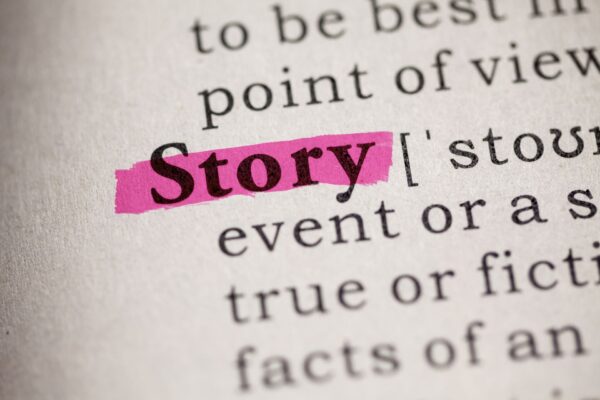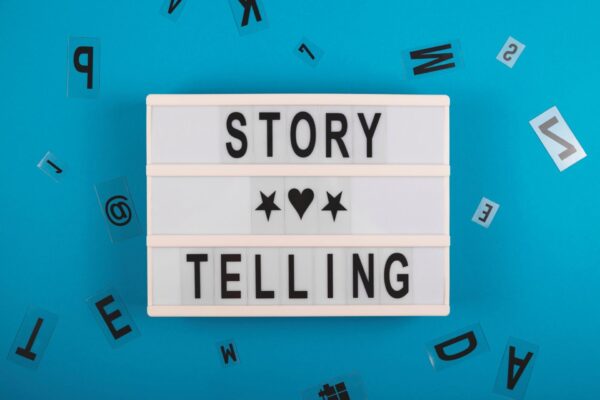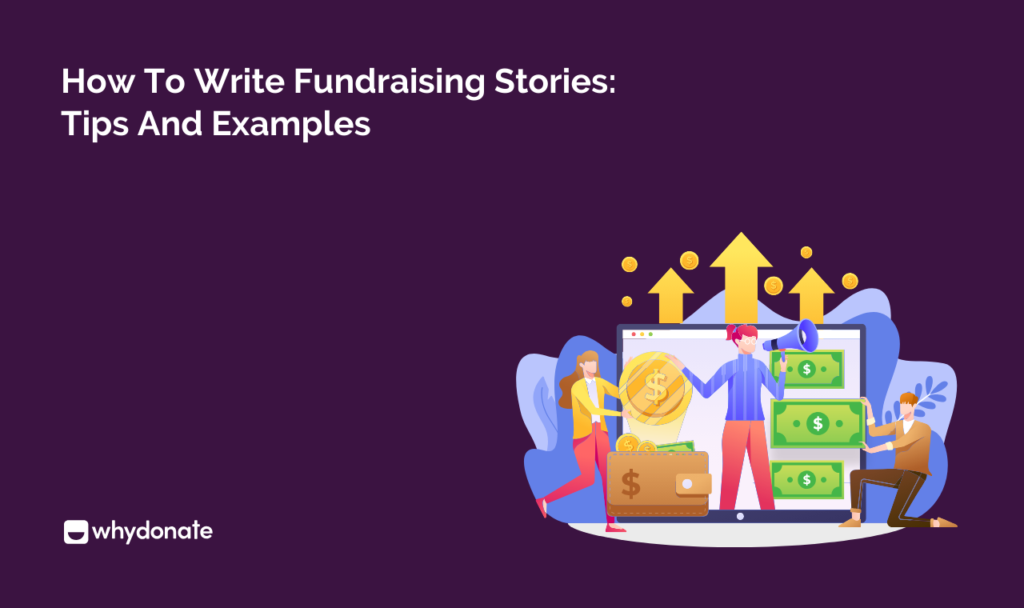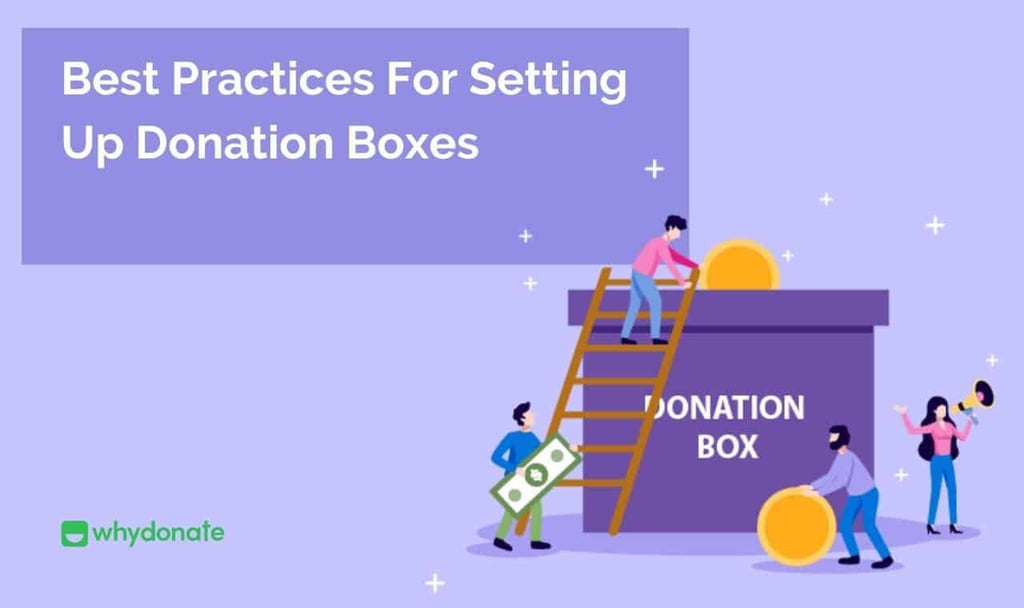All successful fundraising campaigns have something in common: a compelling story that inspires people to action. Stories work because they create an emotional connection, allowing donors to see themselves as part of the solution. When people feel emotionally invested, they’re far more likely to give, and to keep giving.
Nonprofits that incorporate storytelling into their fundraising have a donor retention rate of 45%, significantly higher than the 27% retention rate of those that don’t prioritize storytelling.
So, how do you write fundraising stories that readers not only want to finish but also feel emotionally connected to? In this blog, we’ll walk you through effective strategies for storytelling in fundraising. You’ll find practical tips, a helpful story template, and real examples to spark your creativity.
By the end, you’ll understand how to create stories that are emotional, persuasive, and truly impactful — stories that drive donations and bring your fundraising vision to life.
Every story matters. Begin your fundraising journey with WhyDonate!
What Are Fundraising Stories?
A fundraising story is a captivating story that tells why a cause is important and inspires people to donate. It usually calls attention to an issue, features the person or community affected, and illustrates how donations can have an impact.
Rather than statistics or vague appeal, a good campaign story makes the need real and urgent to the reader. Whether you are seeking donations for medical expenses or an education degree, a powerful narrative can help shift passive readers into active supporters.

Why Is Your Fundraising Story Important?
A powerful story fosters trust, demonstrates credibility, and enables potential donors to see the actual people living behind the cause. It adds a narrative that raw numbers can’t convey, making supporters feel personally invested.
The Pebble Watch fundraiser raised an astonishing $10.3 million, making it one of the most successful fundraisers of all time. Its secret? A clear, compelling story that made people believe in the vision from day one.
A story that people can relate to, coupled with some honest writing, can open up word-of-mouth referrals. Your story will make you stand out from the endless number of donation requests and will inspire people to do something.
How To Write A Compelling Fundraising Story?
Creating an emotional journey that motivates action is more important than simply presenting facts. It’s about creating an emotional journey that inspires action. Here are the key elements to focus on:
-
Start with a strong hook
Your first sentence should catch people’s attention right away. In a fast-scrolling digital world, a strong hook draws readers in and motivates them to continue reading.
-
Introduce a relatable character
Tell the tale of a real person or community that has been impacted by the problem. Humanizing your cause and establishing a personal connection with donors increases the likelihood that they will care and make a donation.
-
Describe the problem clearly
Explain what challenge or crisis is being faced. A clearly stated issue generates urgency and makes it easier for donors to comprehend why assistance is urgently needed.
-
Show the impact of support
Emphasize the tangible impact that donations will have. This gives contributors a sense of empowerment and guarantees that their money will result in significant change.
-
Include emotional elements
Use emotion-driven language to express fear, hope, struggle, or joy. Emotions create empathy, and empathy is a powerful motivator for giving.
-
Keep it authentic and honest
Be open and honest about your needs and difficulties. Genuine narratives foster trust, and trust is necessary to inspire donors to act.
-
End with a clear call to action
Make it clear to your audience what you want them to do, such as share, donate, or participate. A direct and unambiguous call to action eliminates hesitancy and directs readers to the next action.
Phrases like “Donate now to make a difference” or “Support our cause with one simple click” are proven to resonate with supporters. By using such donation call-to-action examples, you give your audience both the direction and inspiration they need to act right away.
Before crafting your next fundraising message, explore our Fundraising Tips & Tricks to ensure you’re using best practices that drive donations.

Fundraising Story Example
Let’s look at a fundraising story example to put the above tips into practice.
Title: A Second Chance for Mia
Story:
Mia was just six years old when her world turned upside down. One day, she was running around the playground with her friends — the next, she was in a hospital room being diagnosed with a rare heart condition.
Her parents were devastated, not only by the news but also by the overwhelming medical costs that came with it. With no insurance coverage for the specialized surgery Mia needed, they faced an impossible choice: watch their daughter’s health decline or find a way to raise thousands of euros, fast.
But Mia is a fighter. Her doctors believe that with surgery, she has a strong chance of living a full and healthy life. And with your support, we can make that possible.
Every donation brings Mia one step closer to the care she urgently needs. Whether it’s €10 or €100, your help means hope for her and her family.
Mia deserves a second chance at childhood. Will you help her get it?
Donate Now and Be Part of Mia’s Story
Fundraising Story Template
Here’s a simple fundraising story template you can use for your own campaign:
Title:
[Describe the cause or person you’re fundraising for]
Story:
- Beginning: Use your personal experience to provide a reason for the fundraising at hand.
- Beneficiaries: Describe the person/group or community that will be funded.
- The Issue: Describe the problem that has to be solved.
- Use of Contributions: Illustrate the need for donations and explain the purpose of the collected money.
- Concluding Part: Conclude with an effective action message asking to contribute or support.

Ending Note!
When it comes to reaching potential supporters and encouraging donations, a compelling fundraising narrative can make all the difference. By focusing on the why, who, and the impact of each donation, your story becomes more than just words, it becomes an engaging call to action. With WhyDonate, you can easily launch personal or social campaigns to share your message and connect with a wider audience. So don’t wait, start crafting your story today and watch how it transforms your campaign’s success.
Ready to make an impact? Create your free fundraiser now and turn your story into action.

















